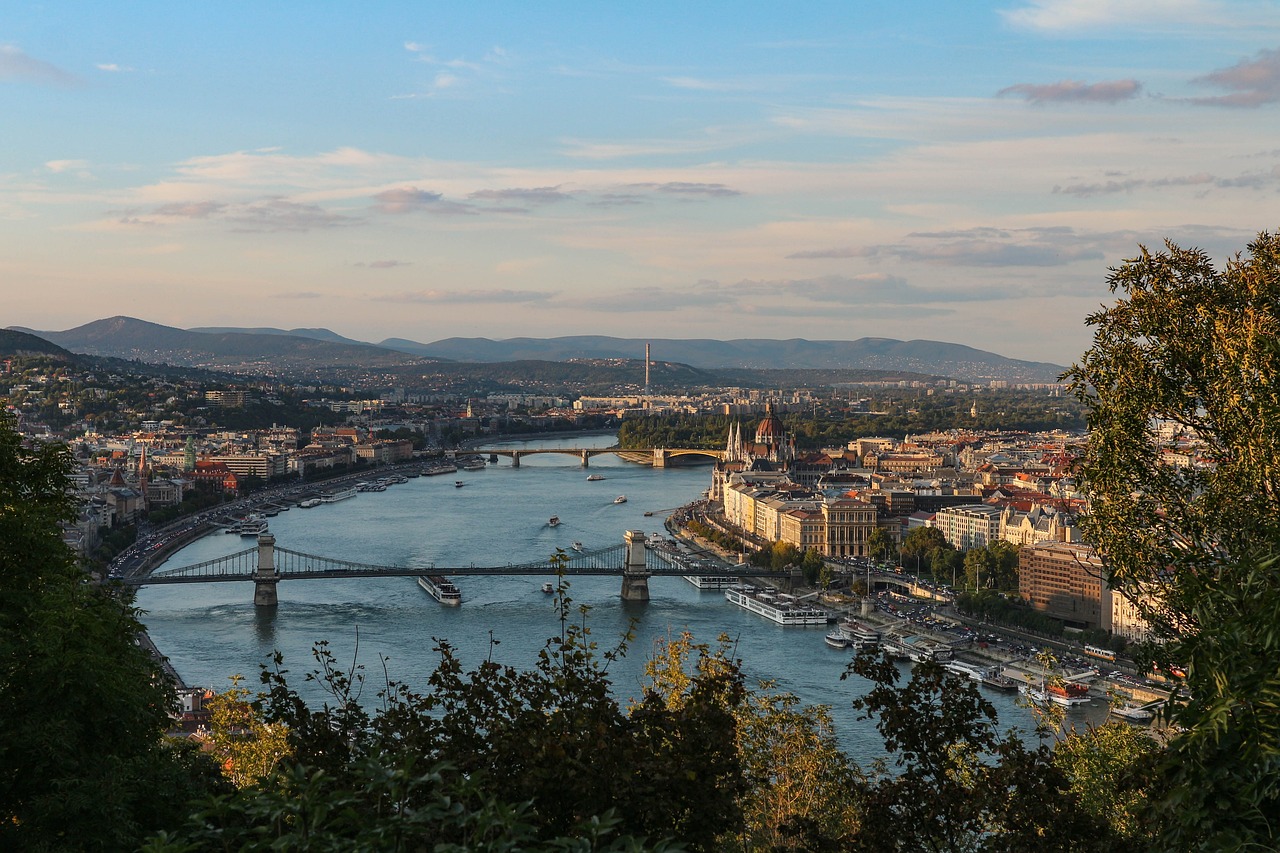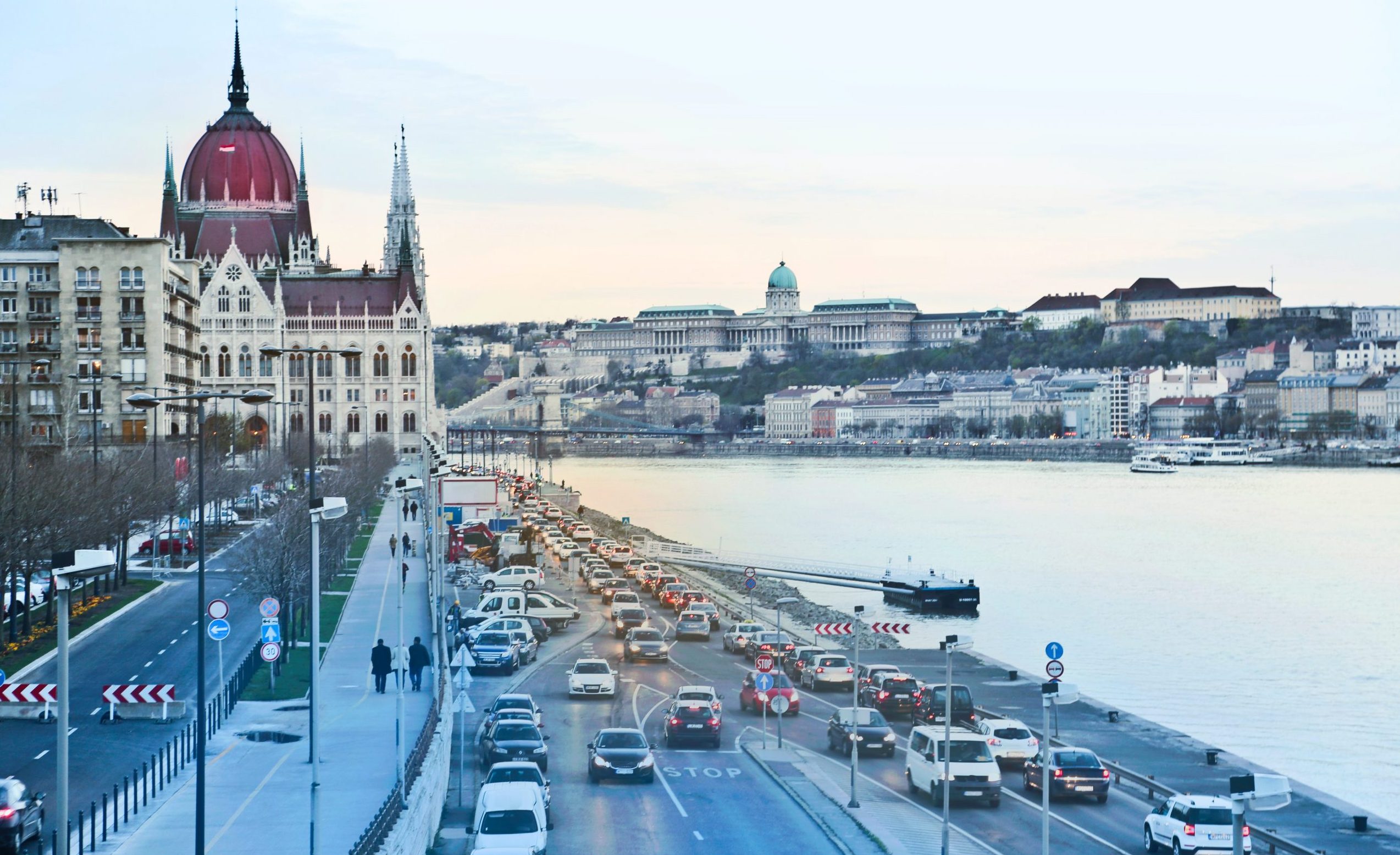
The results also show the differences between western and eastern Hungary.Continue reading

The latest census data of the Hungarian Central Statistical Office (KSH) shows the exact number of foreign citizens living in the Hungarian capital. Telex has requested the so far unpublished data of the 2022 census from KSH, revealing that a total of 98,319 foreign citizens live in Budapest.
It was already known that Budapest is an ethnically and culturally very diverse city, but until now there was no precise information about the exact size of the group and the countries of origin of these people, Mandiner reports. The Chinese and Ukrainian diasporas are the largest in the city, and the capital’s diversity is clearly noticeable, as they make up only 15.2 percent of the total foreign population.
As it turns out, the largest foreign group living here is Chinese.
Their numbers have more than doubled in the last decade, reaching 14,953 in 2022. This is followed by the Ukrainian community, whose population has quadrupled since the war in Ukraine, reaching 13,791. In third place are the Vietnamese, whose numbers have also increased markedly in recent years, while the number of people from Romania has decreased.
The distribution of foreign nationals at the district level also shows interesting figures. For instance,
in the districts of Terézváros (District 6) and Belváros-Lipótváros (District 5), almost one in four residents is a foreign national.
The preferences of the different foreign groups are also diverse. The majority of Chinese and Vietnamese live on the Pest side, while many Ukrainians settle in Buda. Russians prefer District 13, while Germans prefer the inner districts of Pest. In Terézváros, for instance, 23.1 percent of the population is foreign. Chinese, Ukrainians, and French citizens are the largest groups in the district.
The data shows that foreign residents from many countries have found a home in Budapest. More than a thousand Italian, Indian, Polish, British, South Korean, and Turkish citizens live in the city. Among the surprising data are Iranians, Americans, Mongolians, and Norwegians, also contributing to the diversity of the capital.
Via Mandiner, Featured image: Pexels